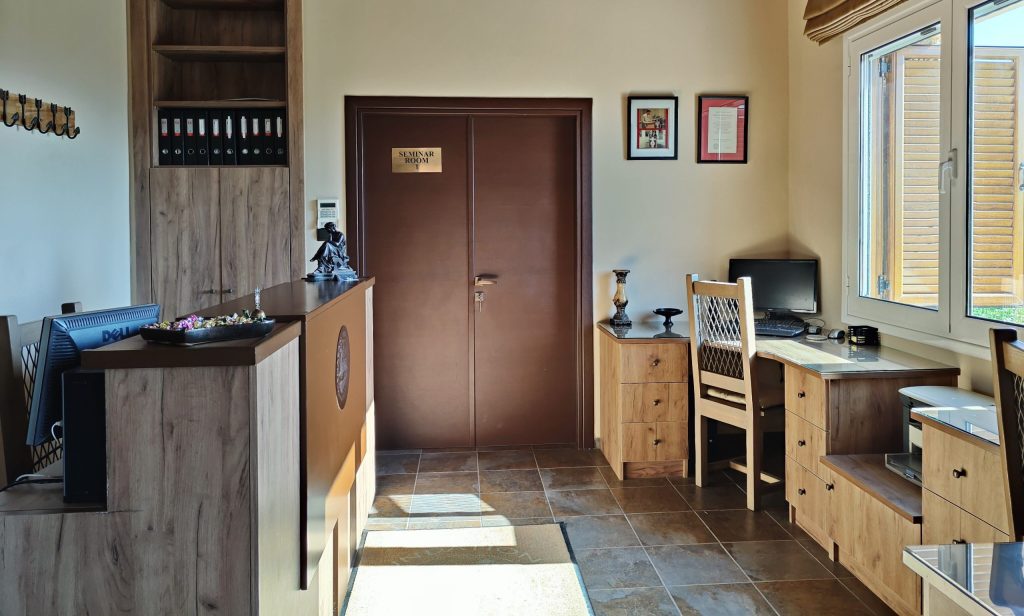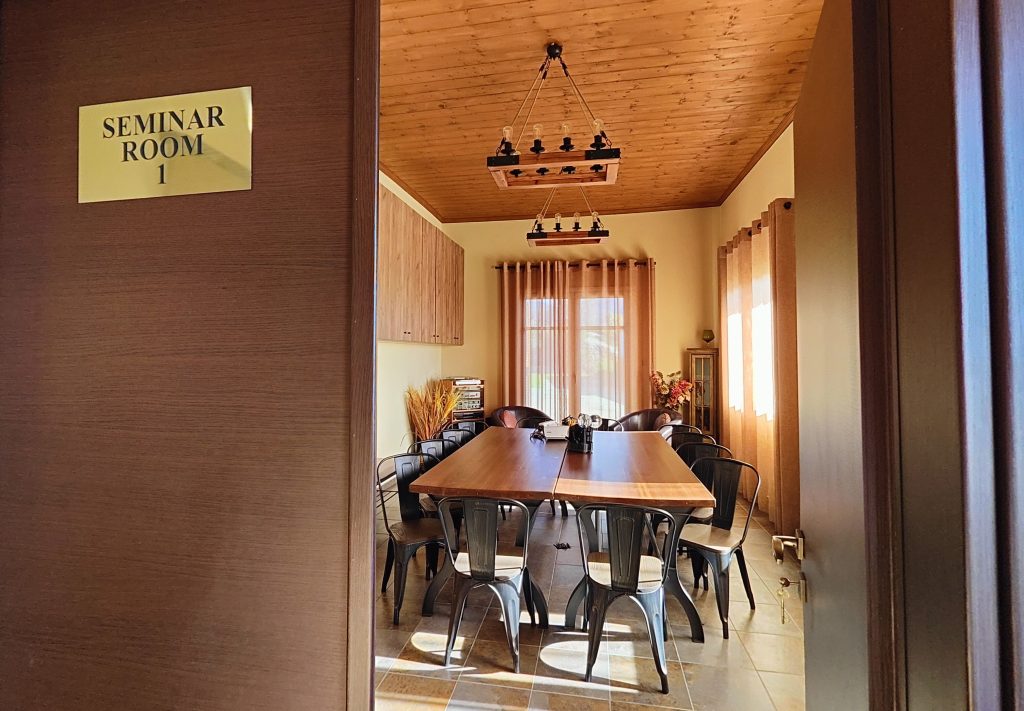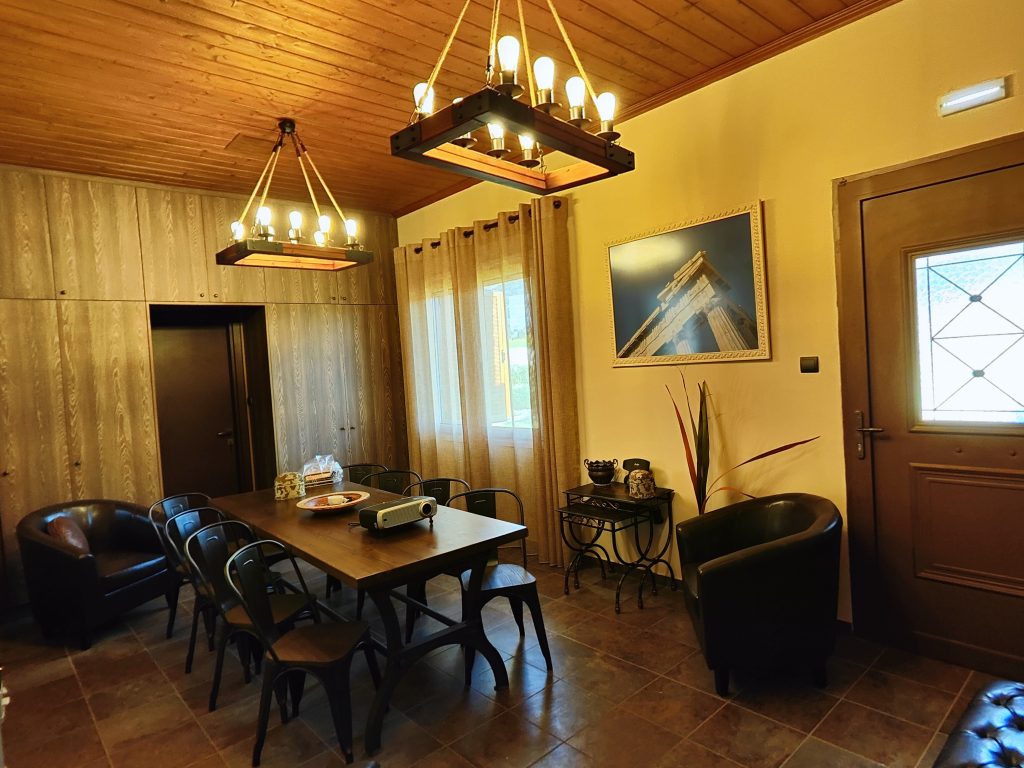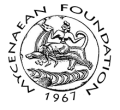Melathron Center at Mycenae (A.C.A.M.)
Welcome to the Melathron Center
Perched majestically on a scenic hill in Mycenae, the MELATHRON Center serves as a dynamic hub for education and research. Just 140 km from Athens in the northeastern Peloponnese, our expansive campus spans three acres and offers breathtaking panoramic views of the Argolic Plain, the shimmering Gulf, and the iconic Mycenaean citadel of Agamemnon. This picturesque setting not only enhances the learning experience but also immerses students and scholars in the rich cultural heritage of the region.
The MELATHRON Center was originally constructed between 1967 and 1972 by the esteemed Professor G. Mylonas. The center was envisioned as a summer base for the archaeologists and students involved in the Mycenae excavation team, as well as a research center for scholars from around the world. With recent restorations, the Melathron now boasts 9,000 sq.ft. of modern living and working spaces, including classrooms, laboratories, computer rooms, and the Wiener Library.
This restored facility not only honors its historical significance but also embraces contemporary educational practices, making it an ideal location for interdisciplinary studies and cultural immersion. Our commitment to fostering academic excellence ensures that the MELATHRON Center remains at the forefront of archaeological research, education, and community engagement.
As a gateway to the past, the MELATHRON Center invites scholars, students, and enthusiasts from around the globe to join us in our quest to explore and celebrate the Mycenaean civilization. Through our programs, resources, and collaborative initiatives, we strive to empower the next generation of archaeologists and historians, ensuring that the legacy of this ancient culture continues to thrive.
Dig Simulator
The Dig Simulator represents a groundbreaking approach to archaeological training and education. This state-of-the-art facility is designed to recreate historical ruins, accurately reflecting the structures and contexts of the ancient world. By providing students and researchers with a realistic excavation environment, the simulator ensures an authentic and immersive learning experience.
The design of the simulator incorporates features that closely mimic actual stratigraphy, complete with diagnostic archaeological contexts and portable finds. This attention to detail enables participants to engage in hands-on practical training, allowing them to develop essential skills in a controlled yet realistic setting. Through this experiential learning, students will gain invaluable insights into the processes and techniques employed in real archaeological digs.
The Dig Simulator will serve as a key component of the Archaeological Training in Excavation and Underground Survey (A.TR.E.U.S.) program. This program is tailored for both students and professionals, offering opportunities to refine skills in various excavation techniques, geophysical survey methods, and conservation practices. Participants will be trained in the latest advancements in archaeological methodology, ensuring they are well-prepared for the demands of fieldwork.
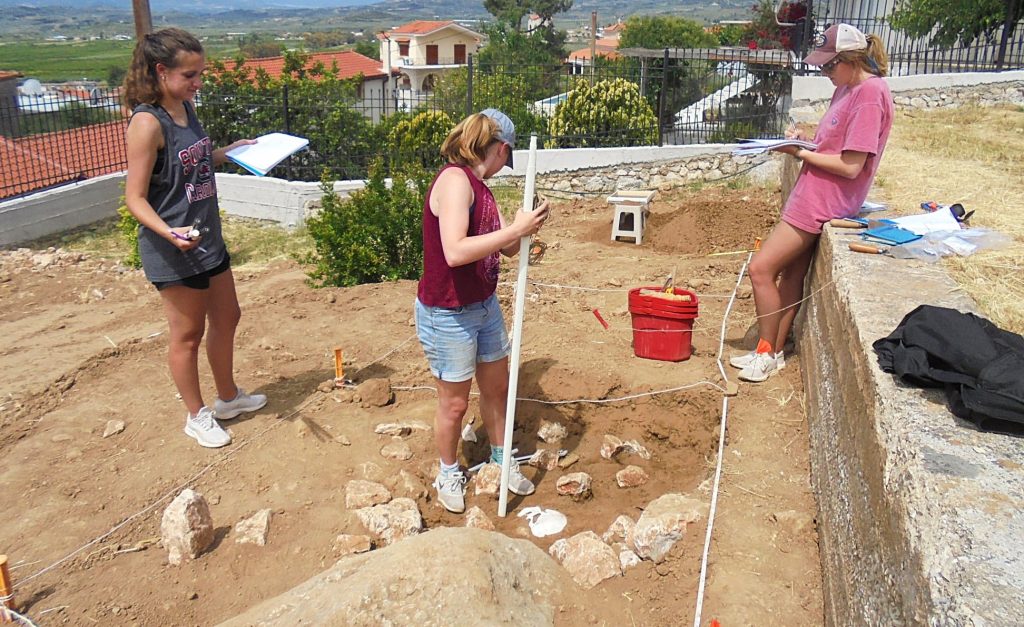
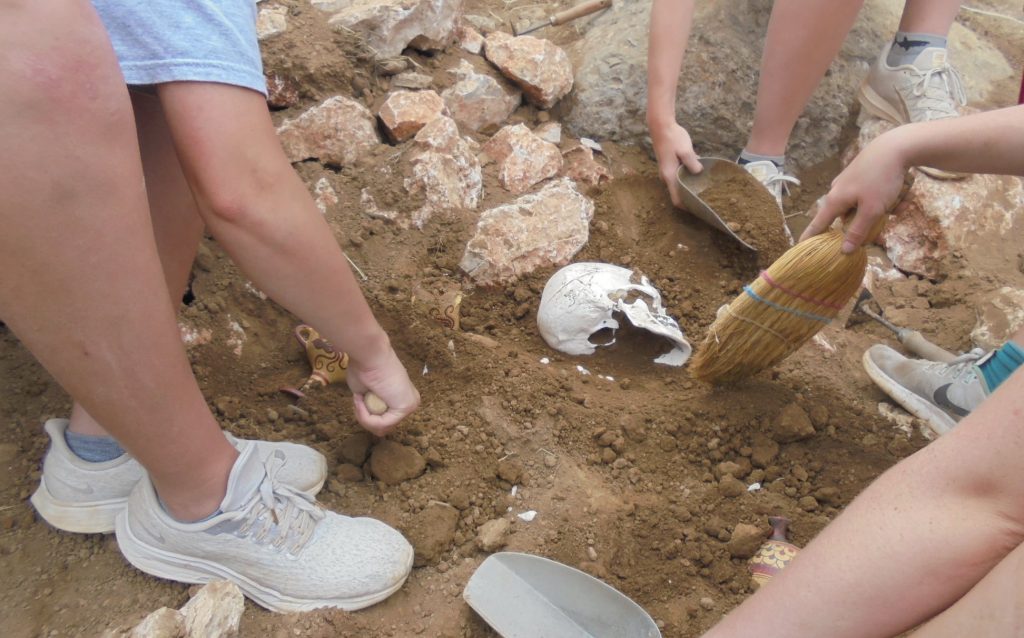
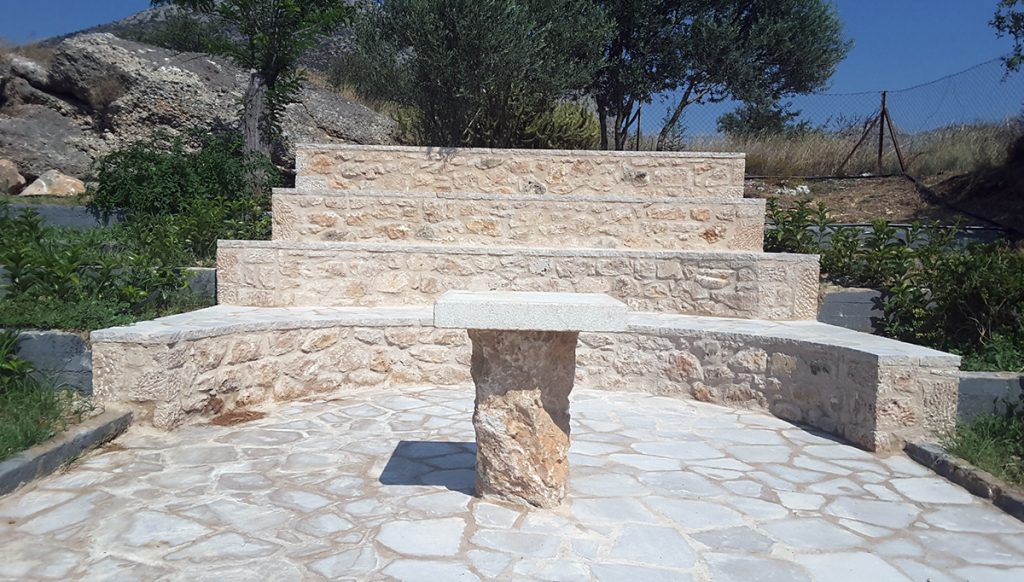
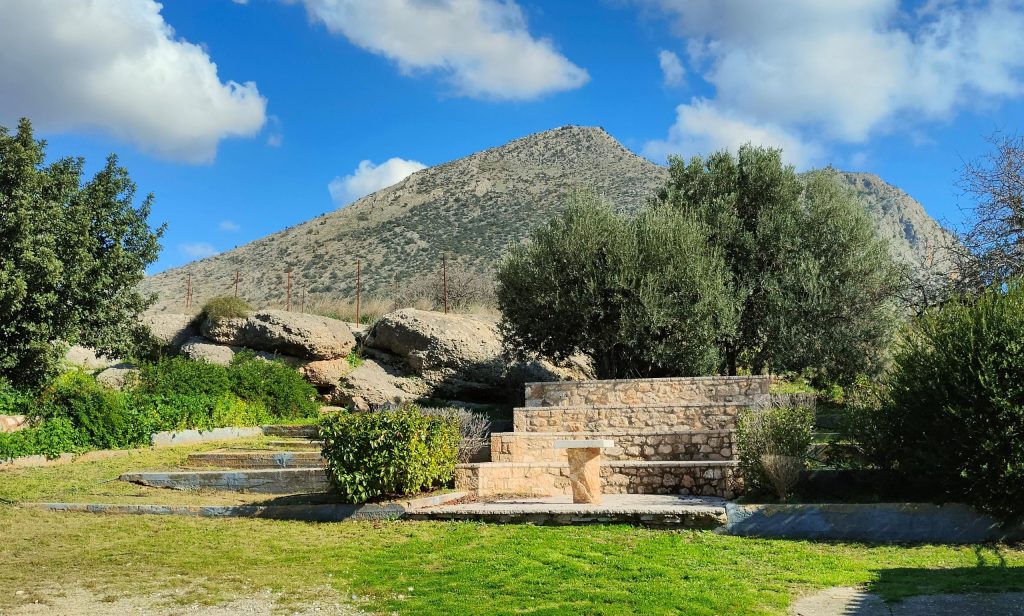
Open-Air Theater
Located adjacent to the Dig Simulator, the Open-Air Theatrical Area offers a unique and inspiring venue for educational activities, classes, and performances. Surrounded by the beauty of nature and featuring a breathtaking scenic backdrop, this space is designed to foster creativity, collaboration, and artistic expression among students and visitors alike. This amphitheater-style venue is versatile and can accommodate a wide range of events, including lectures, theatrical performances, cultural presentations, and community gatherings. Its open layout and natural acoustics create an engaging environment that enhances the overall learning experience, allowing participants to connect with both the material and each other in meaningful ways.
By integrating education with the arts, the Open-Air Theatrical Area serves as a platform for exploring and appreciating Greek culture and history. This immersive setting encourages students to engage with the rich narratives of the past while developing their skills in public speaking, performance, and creative expression. Additionally, the area can host workshops and seminars, providing a space for interdisciplinary dialogue that enriches the educational experience.
Central Atrium
The Central Atrium a vibrant and welcoming gathering space that embodies openness, light, and a sense of community. Serving as the focal point of the center, the atrium is surrounded by elegant porticos that frame the area with a timeless architectural charm. This thoughtfully designed space invites students, scholars, and visitors to connect, collaborate, and relax, fostering an environment of creativity and intellectual exchange.
At the heart of the atrium stands its most striking feature: a central fountain adorned with two majestic lionesses. These sculptures, reminiscent of Mycenaean artistry, symbolize strength and guardianship, evoking the grandeur of the Lion Gate at the nearby citadel of Agamemnon. The gentle sound of flowing water from the fountain adds a serene and soothing quality to the atmosphere, inviting visitors to pause and take in their surroundings. This iconic centerpiece not only enhances the aesthetic appeal of the atrium but also serves as a focal point for gathering and contemplation.
In addition to its role as a social and intellectual hub, the Central Atrium serves as a versatile venue for informal events, community gatherings, exhibitions, and even small performances. The unique blend of art, nature, and history fosters a sense of connection among the diverse groups that visit the MELATHRON Center. Whether hosting cultural displays, art showcases, or casual conversations, this space reflects the center’s mission to unite the past with the present and create an atmosphere where culture, education, and collaboration thrive.
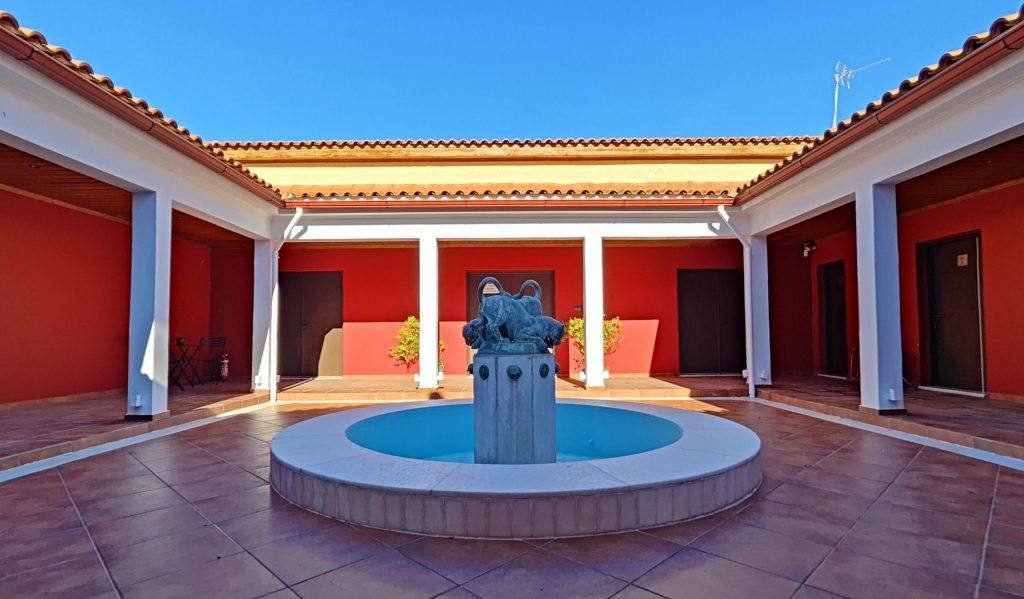
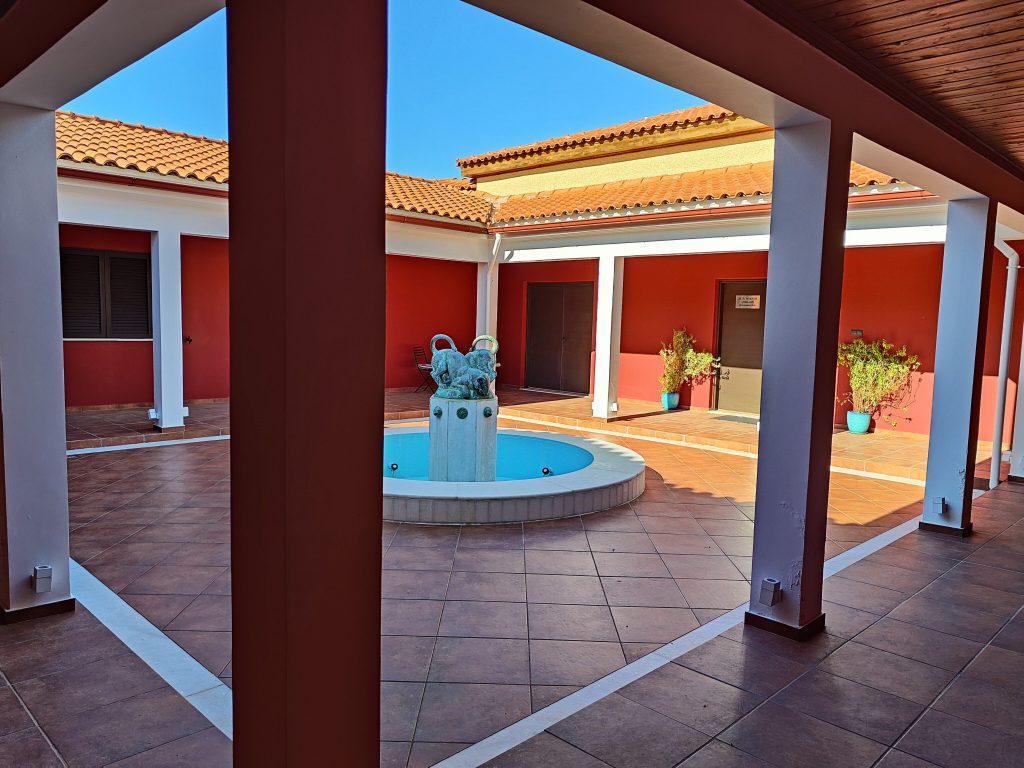

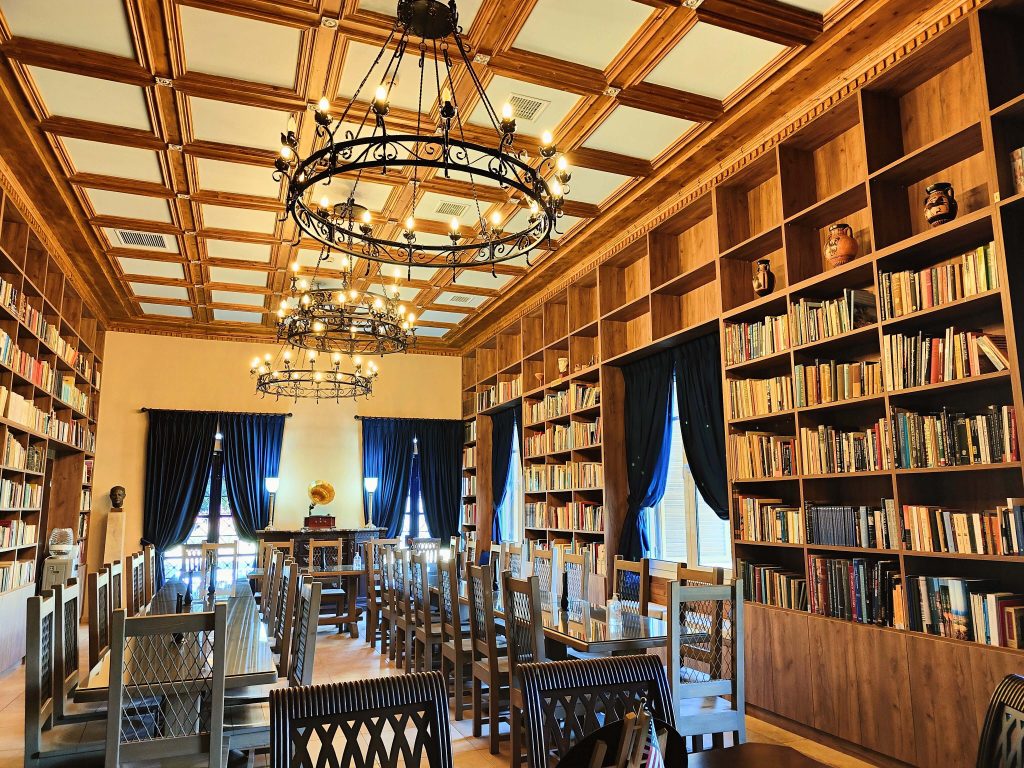
The Wiener Library
The Wiener Library stands as a cornerstone of the Melathron Center, dedicated to advancing archaeological and interdisciplinary research. Poised to become the largest archaeological library in the Greek provinces, it will house a comprehensive collection of 20,000 volumes, covering a wide range of disciplines such as geology, bioarchaeology, classics, humanities, the arts, and more.
The library is thoughtfully organized into dedicated sections for specialized studies, providing scholars, students, and researchers with a focused and accessible resource for their work. Designed to be more than a traditional library, it aims to foster an environment where discovery and learning flourish.
A key feature of the Wiener Library is its commitment to accessibility and connectivity. Through an advanced digital platform, the library will link to other academic institutions and libraries, creating a global network of shared knowledge. Registered users from anywhere in the world will have access to its vast collection of cataloged articles and books, which will be digitized into readable PDF formats. This innovative approach ensures that the library’s resources are not confined to its physical location but are available to a worldwide audience, enhancing its impact within the academic and research communities.
Classrooms and Offices
The Classrooms and Offices are thoughtfully designed to promote collaboration, innovation, and academic excellence. Equipped with state-of-the-art technology, the classrooms create an engaging and interactive learning environment. Advanced audiovisual tools and adaptable layouts allow instructors to employ a variety of teaching methods, from small-group discussions to larger, lecture-style presentations. This flexibility ensures that students can actively engage with course materials, fostering deeper understanding and participation.
The offices provide modern, well-equipped workspaces tailored to meet the needs of scholars, faculty, and researchers. With private offices, meeting rooms, and shared resources, these spaces are ideal for conducting interdisciplinary research and collaborative projects. Comfortable and functional, the offices support focused work while encouraging professional interaction and dialogue.
